Dear Tip Tuesday friends, welcome! A few weeks ago, we dedicated a Tip to explain why you may find many different datetimes in modern images’ metadata when working with Amped Authenticate, and what those values mean. Today, we’ll focus on how you can cross-check the time information in your image, both working in Authenticate alone, and using external tools on the Internet!
Let’s begin with the same image we used in our previous blog post: a nice sunset picture.

We saw that image metadata were rich of datetimes: besides those related to the file system, we had those written in the metadata, which are shown by Authenticate’s Exif tool. More specifically, there were both camera-clock datetimes and GPS-based datetimes… and they were consistent, as shown below (remember the 2 hours shift is simply due to different time zone formatting, GPS uses UTC, camera clock uses the user location’s timezone).

Ok, until now there’s nothing really new compared to what we saw in the previous blog post. The point is… there’s still a lot we can do to understand whether the time and GPS location of this image are credible.
We can first use Authenticate’s Show Image Location on Google Maps, under the Tools menu, and we’ll be promptly sent to our default browser, opened on the familiar Google Maps page.
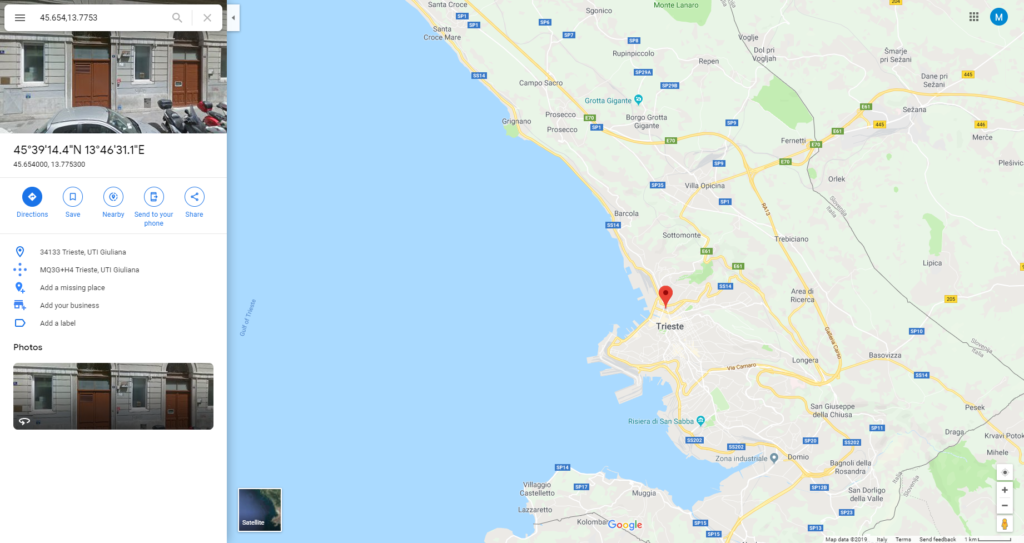
Ok, seems like the picture was taken in Trieste (Italy), and there’s indeed a gulf close to the declared image location, which is consistent with what we see in the image. We may also move to Google Street View and play a bit with the 3D View. Amazingly, we’re almost able to get nearly the same objects and view as in the picture!
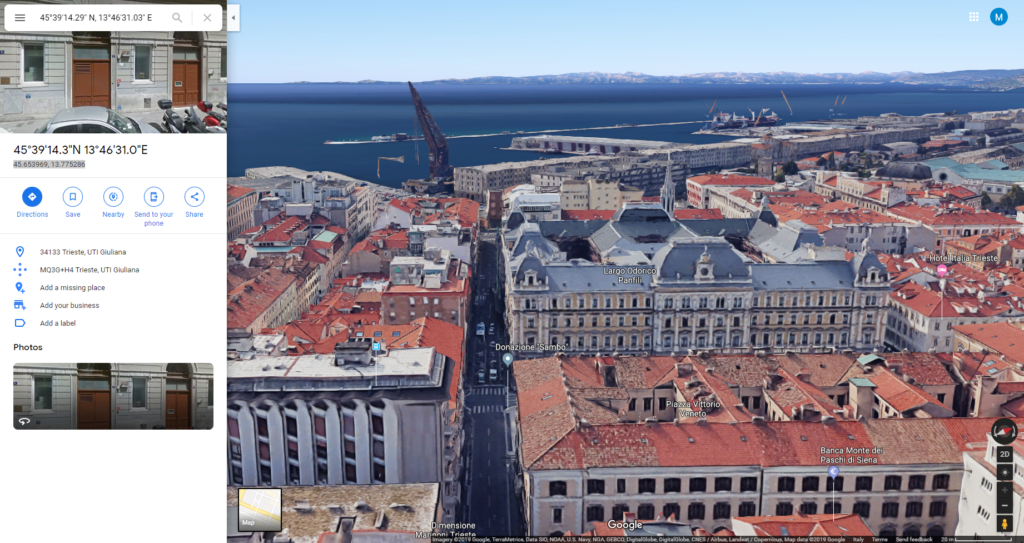
Ok, we can definitely say that the GPS location is pretty consistent with the image content. But what about time? Once more, the Internet comes to help us. Let’s first copy the image decimal coordinates from Map’s left panel (shown below) :

And then, we head to a very nice website: SunEarthTools.com, which looks like this:
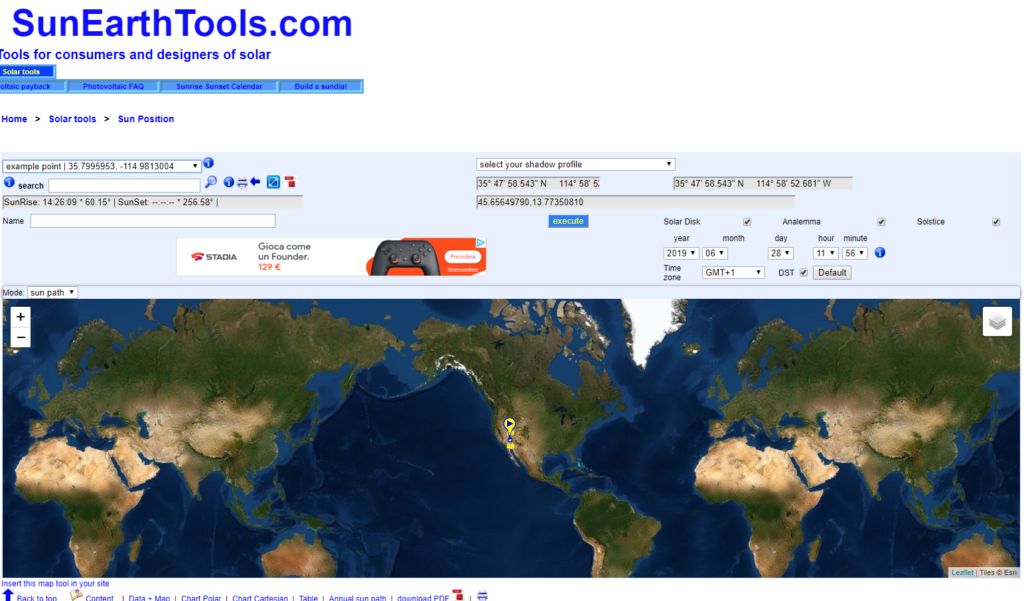
We simply paste the coordinates in the “Search” box on the left, then we set the time so that it matches the one declared in our image. We input the values in the local timezone (not the UTC one) because SunEarthTools will take care of the compensation.

Now we just hit “Return” on the keyboard, and…

The sun was actually setting over the sea that day at that time, and this is also consistent with the picture content.
Is there anything more we can check? Yes, there is still something, which is… weather! There exist several websites providing weather archive information. We choose one of them, Meteoblue and check the weather in Trieste on the day declared in the Exif metadata.

On the bottom right we can see that between May 30 and May 31, 2019, the sky was a bit cloudy, as we can also see in the picture. Interestingly, the day before it was raining, while the day after there was pure sun: both of these would have been way less consistent with the image content.
You may be objecting that we’re dealing with a very lucky situation: a picture of a well-known city, where you can see the sea and the direct sun! Ok, it’s true, that’s indeed a lucky case. But we could go all the way through with this other, more challenging picture:

Even in this case, we have both the camera time and GPS time and place (to get the view below, I sorted the Exif tool output table by “Evidence image value”, simply by clicking on the column name).

Let’s fire the Show Image Location on Google Maps tool, and we find the declared image acquisition place: it’s somewhere on the hills near Florence (Italy):
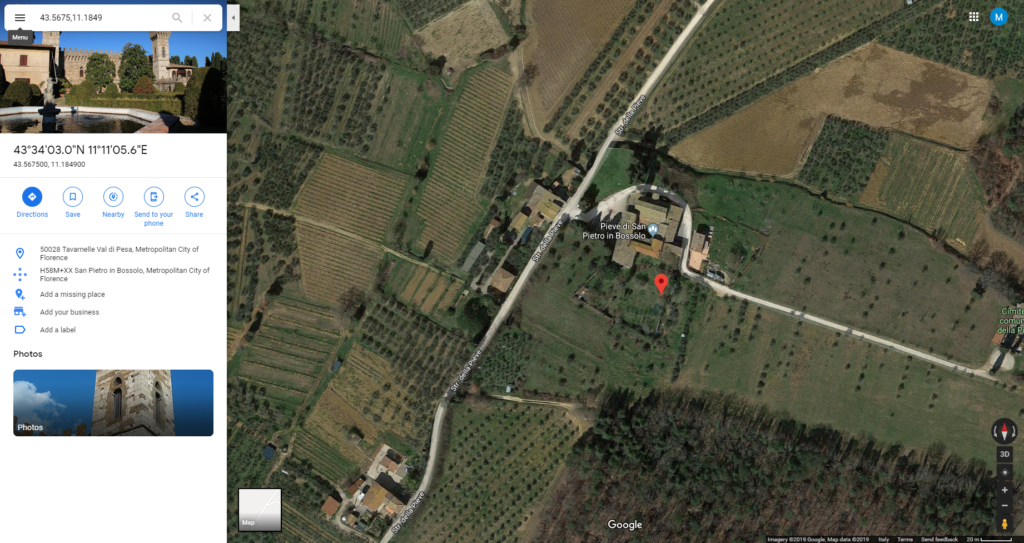
Since this place is lost in the peaceful Tuscany’s hills, this time we don’t have such an accurate 3D model of the buildings. Nevertheless, we still have quite some data to use as a reference, as shown below, and everything happens to be consistent with the image content.
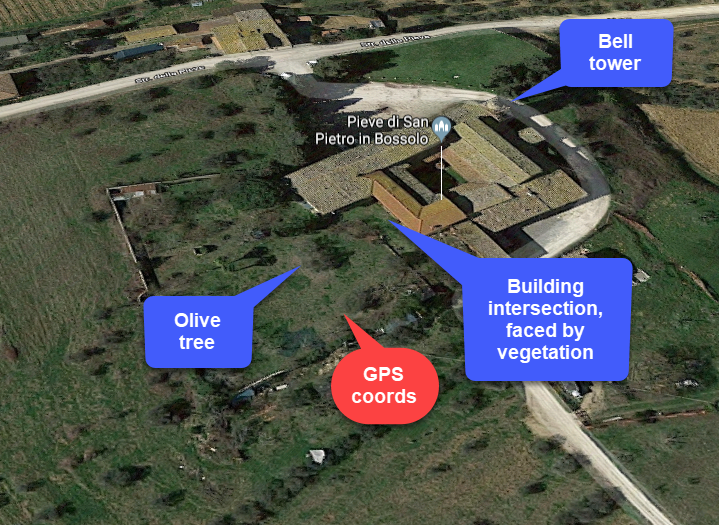
So good, the place seems OK. Let’s check the time now. We resort again to SunEarthTools.com and obtain the following result:

The sun position is definitely compatible with the olive tree shadow! Finally, Meteoblue.com also agrees that on June 29th, 2018 they had a bright sunny day on the hills, which is definitely compatible with the picture content:
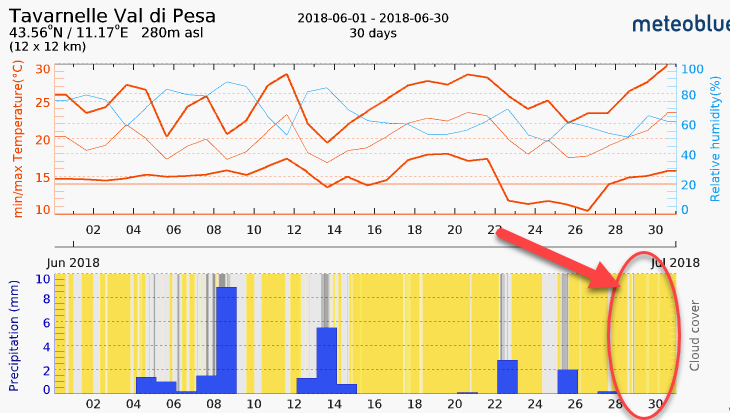
And that’s it, we cross-checked the place and time for this picture as well, and everything was OK.
This week’s take away is: you don’t necessarily have to trust metadata! Sometimes, you’re in the condition to cross-check them and understand their reliability!




